Have you heard that tell-tale buzzing sound around your home? Maybe you’ve heard it ominously coming from the attic, or you’ve noticed a growing hive on your front porch.
While it’s a good practice to “live and let live,” so to speak, when it comes to creepy crawlies, a hornet nest is no joke. You, your family, and your pets can all become victims to these aggressive insects.
But how do you go about hornet nest removal without subjecting yourself to painful stings? It’s not for the fainthearted.
Keep reading to learn everything that you need to know about how to get rid of a hornet nest without feeling the wrath of the hornets.
You Must Come Prepared
While it’s tempting to attack the hive on the fly with a hose or a large stick, this is a bad plan of action that’s sure to get you stung. You need to plan your attack so you minimize the chances of harm to yourself and anyone else in your household.
You’re taking the first step by reading up on how to remove the nest, but there are a few other things that you need to keep in mind.
Wear The Right Clothes
If you don’t have the thick and sturdy gear and masks that a beekeeper does, that doesn’t mean that you should settle for a thin tee shirt. You need to protect yourself as well as you can in the event that things don’t go to plan.
Wear some kind of protective layer. When in doubt, a thick jacket or windbreaker makes a great solution. Consider dressing in layers, even if it’s hot. This includes wearing something under your pants as well.
We suggest wearing thick gloves, like those used for skiing or gardening. Make sure you can still move your hands around and grip with ease.
Know Your Enemy
You need to know everything that you can about the nest before you get started. Where is it? How large is it? Approximately how many hornets are inside?
If you’re dealing with a small nest, you may be able to proceed. Any larger and you should consider seeking out professional help.
Reported deaths from hornet and bee stings have been on the rise over the past decade. While deaths are uncommon, discomfort and pain are guaranteed. Protect yourself.
Start After Nightfall
Now that you’re prepared, plan your attack for nightfall. Hornets are less active at night, and they’re more likely to be in their nest. While this might sound counterintuitive (after all, why would you want more hornets to contend with?) this means that you remove the problem in one swoop.
This prevents another nest from forming later when the leftover hornets regroup and decide to build their home in the spot that they’d already chosen.
Use the Proper Tools for the Job
For a successful removal, there are a few things that you’re going to need. First, the thick or protective clothing we mentioned before. Add on a face mask if you have one, and some kind of protective eyewear. Goggles are a good choice.
If the nest is high up, make sure you have a ladder or something else that you can stand on that allows you to see the nest at eye-level. If you’re working at night, make sure you have some kind of light source.
If you choose to use a handheld light source, make sure that you hold it away from yourself. The hornets may be more likely to attack you if you’re in the light. Don’t use a headlamp.
You’ll need a thick plastic bag and a pair of pruning shears. Also, make sure that you pick the right insecticide.
The average bug spray isn’t going to cut it for hornet nest removal. The bottles will mention this on the label. If possible, pick one that sprays a long distance. This way you don’t have to be as close to the nest and you lower your chances of getting stung.
Drench the nest in the spray. Don’t worry about being too heavy-handed.
Dispose of Everything
There are two ways that you can go about disposal: during, or after.
During is the best option if it’s possible. Enclosing the nest inside your thick plastic bag and treating it makes it more likely that the nest will be soaked through. You’ll also already have the problem bagged.
If this isn’t an option, give the spray time to take effect before approaching the nest. When you are positive that the nest has died off, quickly bag it.
Know When It’s Time to Call for Backup
Small hornet nests are easy enough for the average person to remove, but there are a few factors that you should consider.
Is the nest larger than a softball? This isn’t a small nest any more. While it doesn’t compare to the massive nests that some people find consuming their attics or yards, it’s large enough to be dangerous.
If the nest is inside your home or right up against your door, a professional is a better choice so you can avoid harm.
If you are (or might be) allergic to hornets (or if someone in your household is), you need to contact a professional. Allergies are serious.
Do You Need Help With Hornet Nest Removal?
Hornet nest removal is no joke, and it’s never a bad idea to let the professionals take care of it. If you’re not confident that you can take care of the problem on your own and you’ve never had to get rid of hornets before, a pest control service is your best bet.
We want to get rid of your problem and keep you safe. Contact us to get in touch so we can address your pest control needs.
